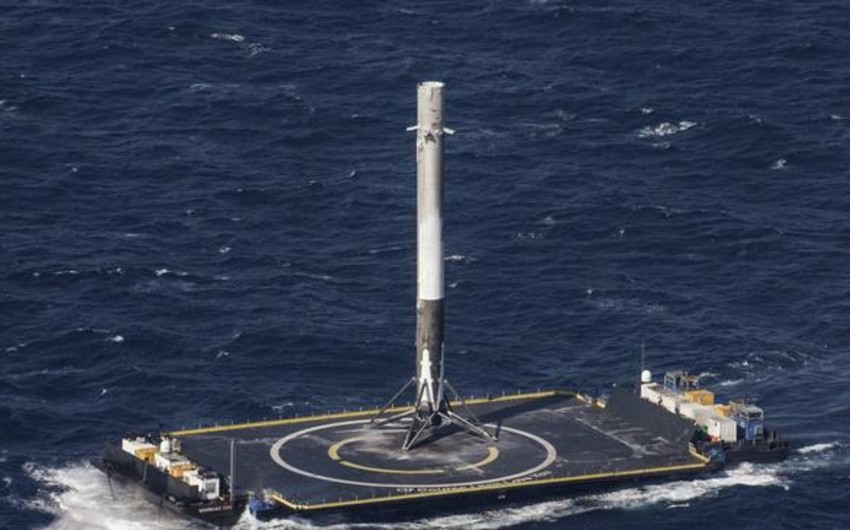Baku. 28 May. REPORT.AZ/ The orbit that THAICOM 8 was thrown into today is what made the landing especially challenging.
Report informs citing the foreign media, the satellite was put into a Geosynchronous Transfer Orbit (GTO), an elliptical orbit that places satellites in a position to get into Geosynchronous Earth Orbit using another smaller rocket motor once the main launcher (in this case, Falcon 9) is expended.
GEO is a circular orbit 22,000 miles above the equator. At GEO, satellites are “fixed” in a point in the sky above a certain part of the world. GEO is commonly used by weather and communications satellites. THAICOM 8 is a commercial communications satellite intended to serve parts of India, Africa and South-East Asia.
As with the previous Falcon 9 launch, today’s launch into GTO required sending the payload into an orbit significantly higher than the more commonly seen ones to Low Earth Orbit. This higher orbit made the arc the rocket needed to take far steeper and more elliptical, making the angle of the descent much deeper and at a much higher velocity.
All of this meant that the margins for error that Falcon’s control system for return had to operate in were that much narrower. More importantly, the higher return velocity really reduced opportunities for the rocket to correct itself in the event of unexpected factors like wind shear and atmospheric fluctuations.




